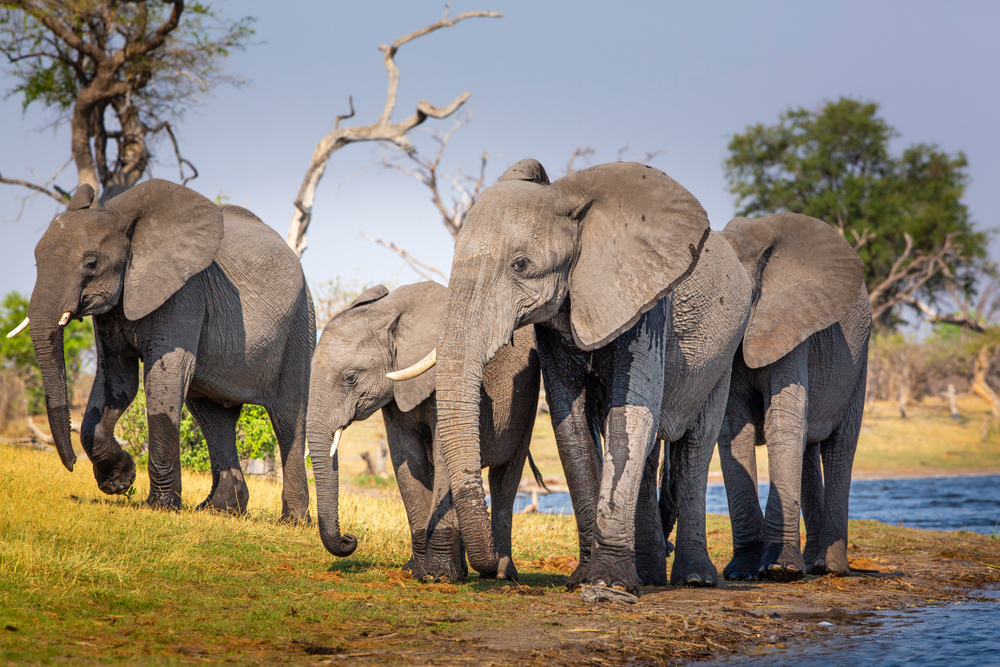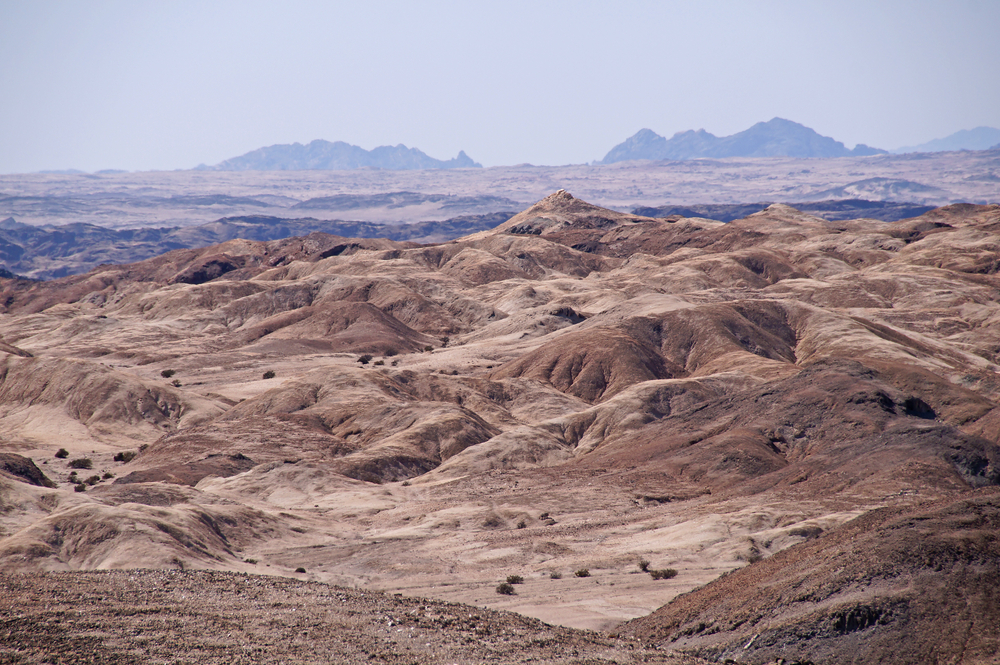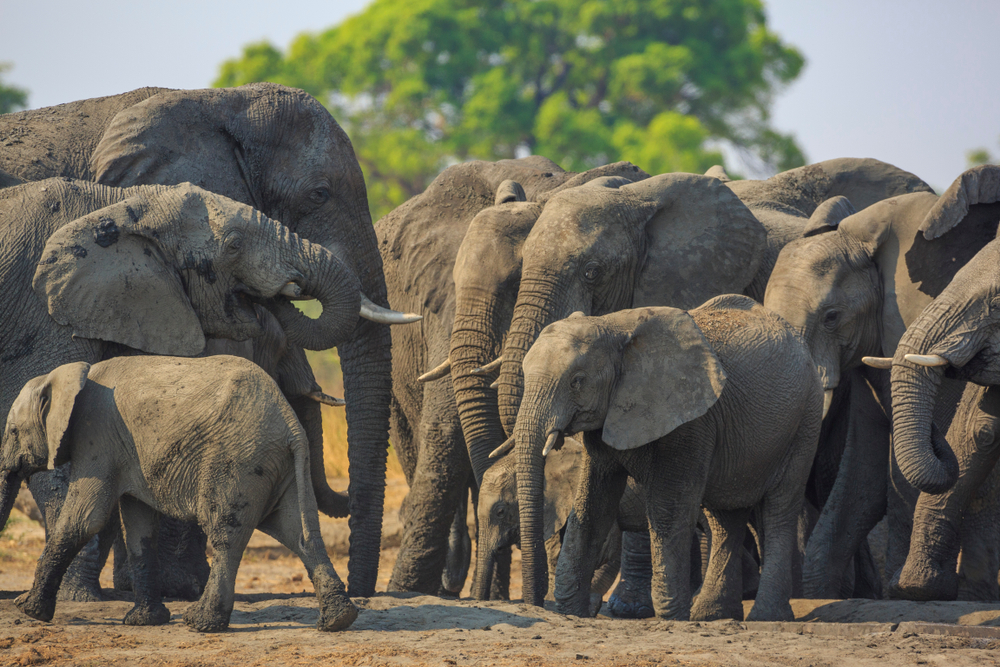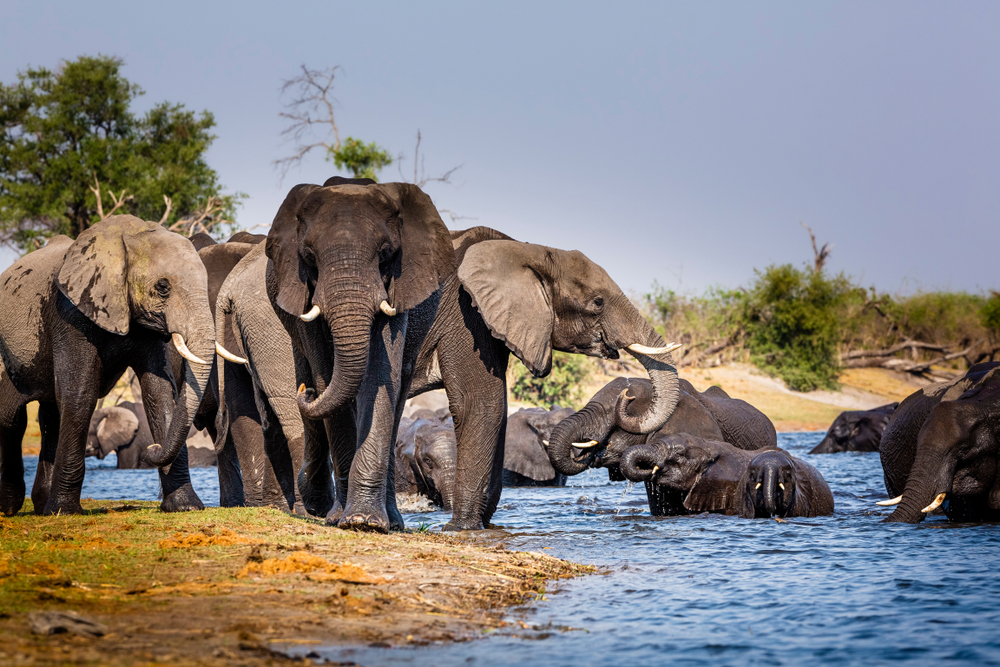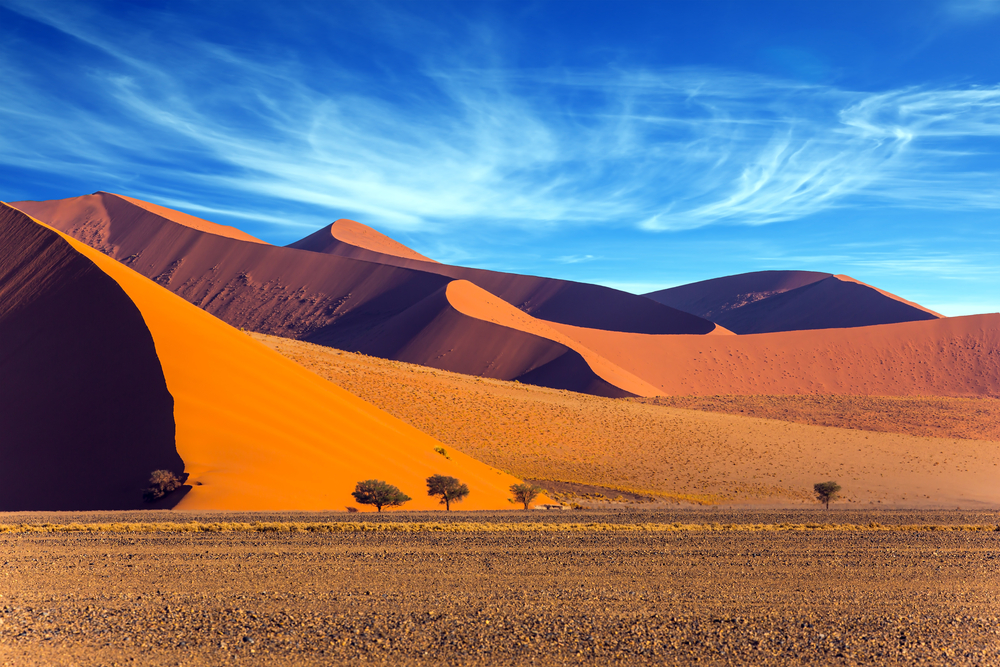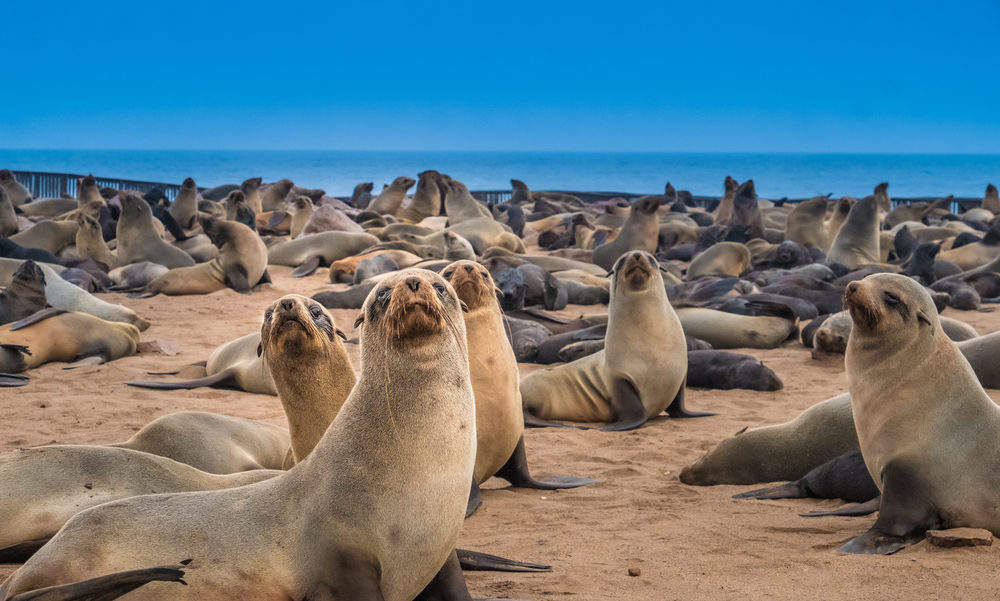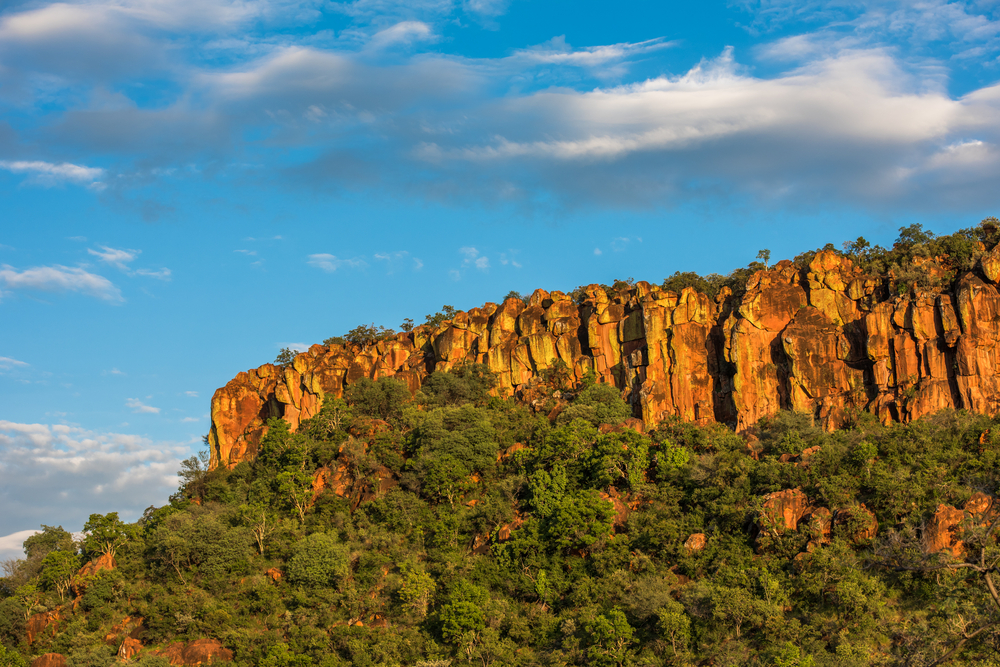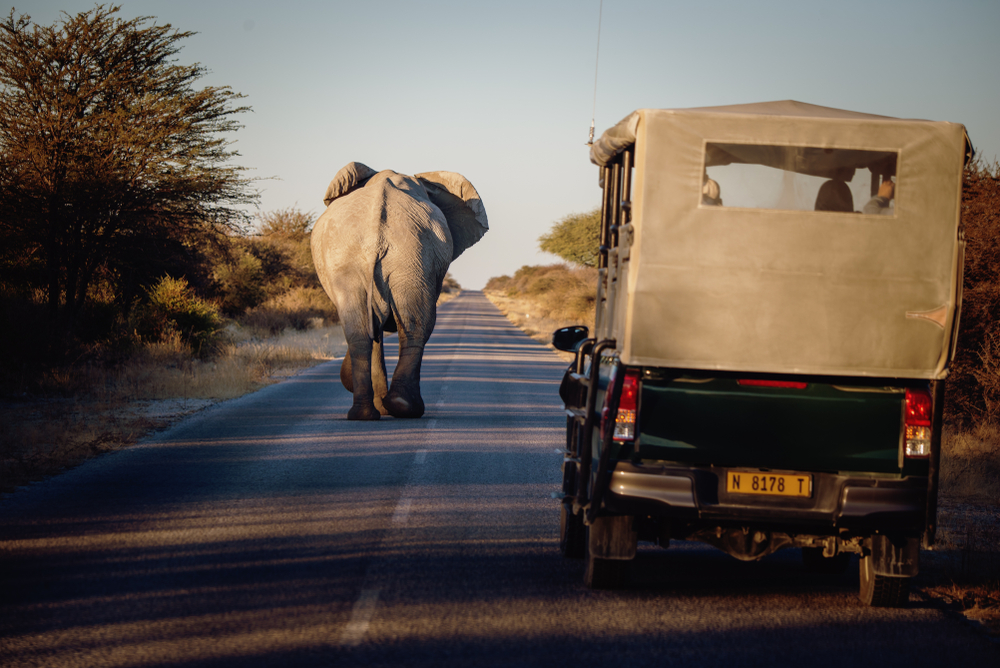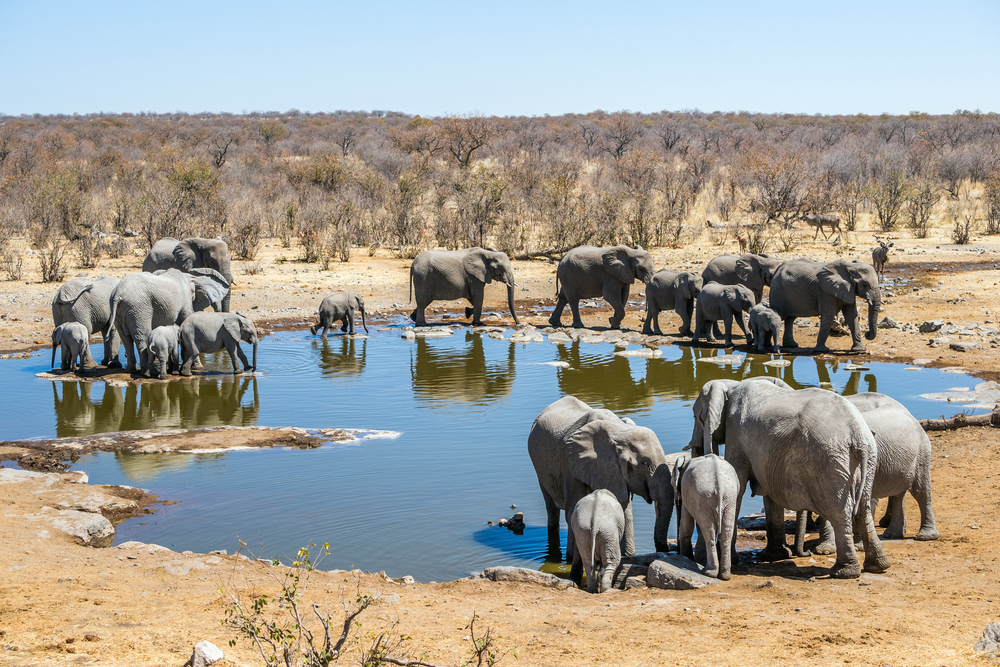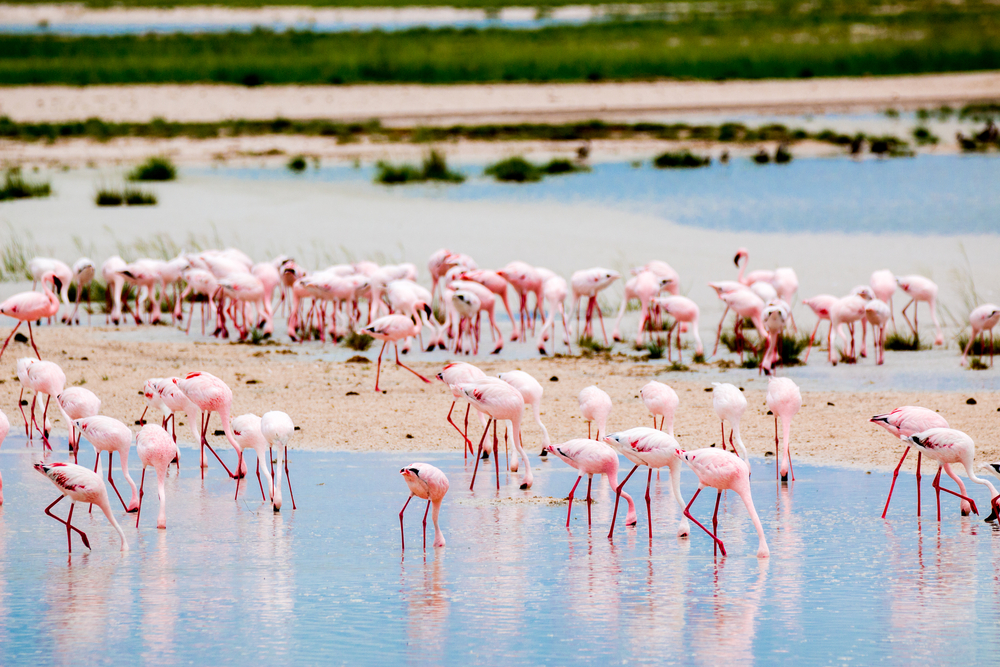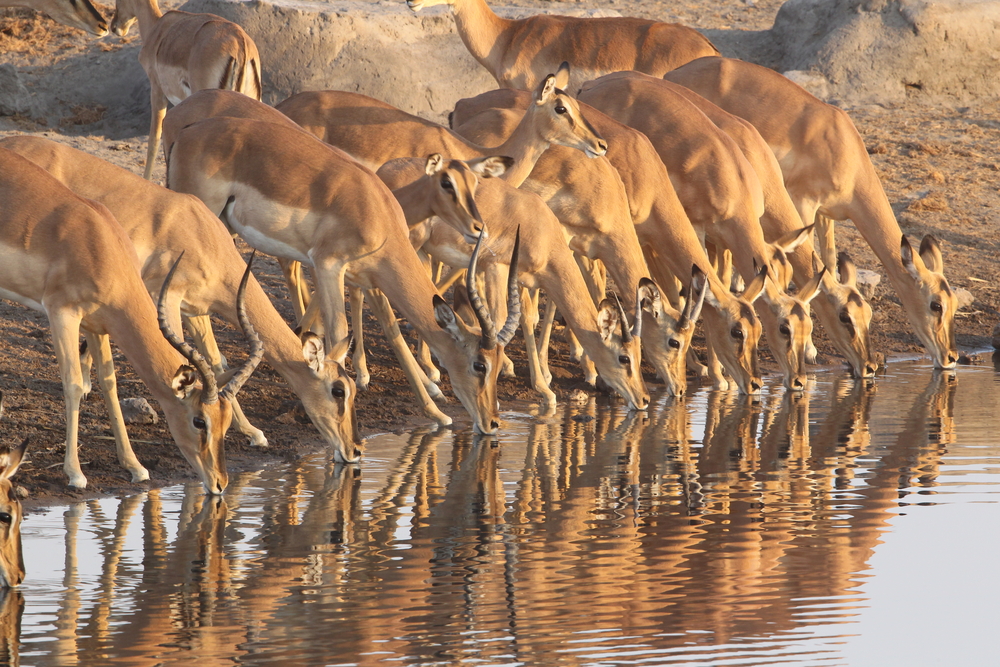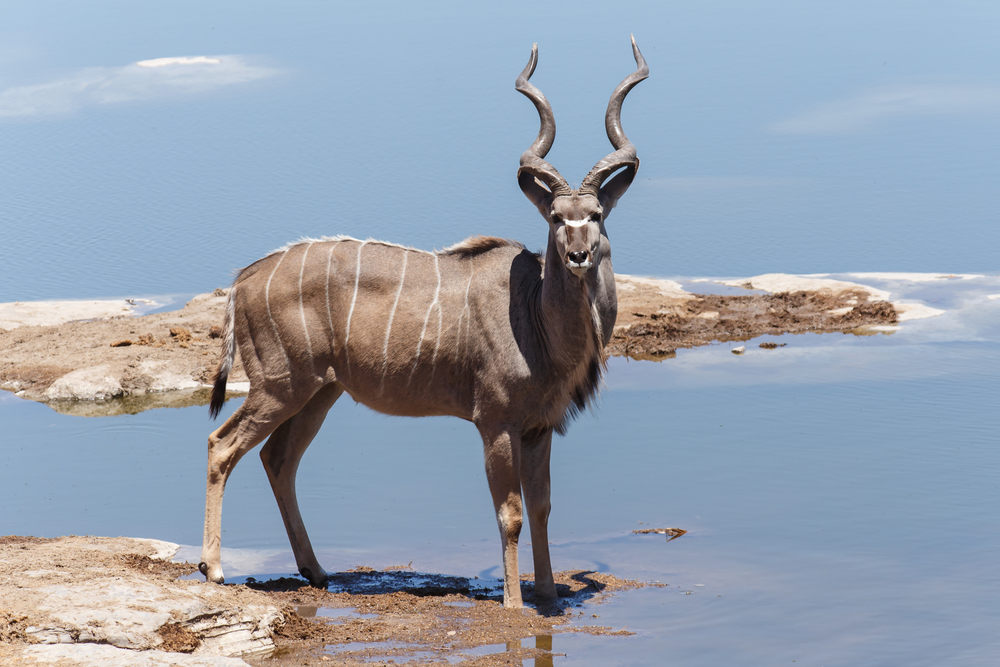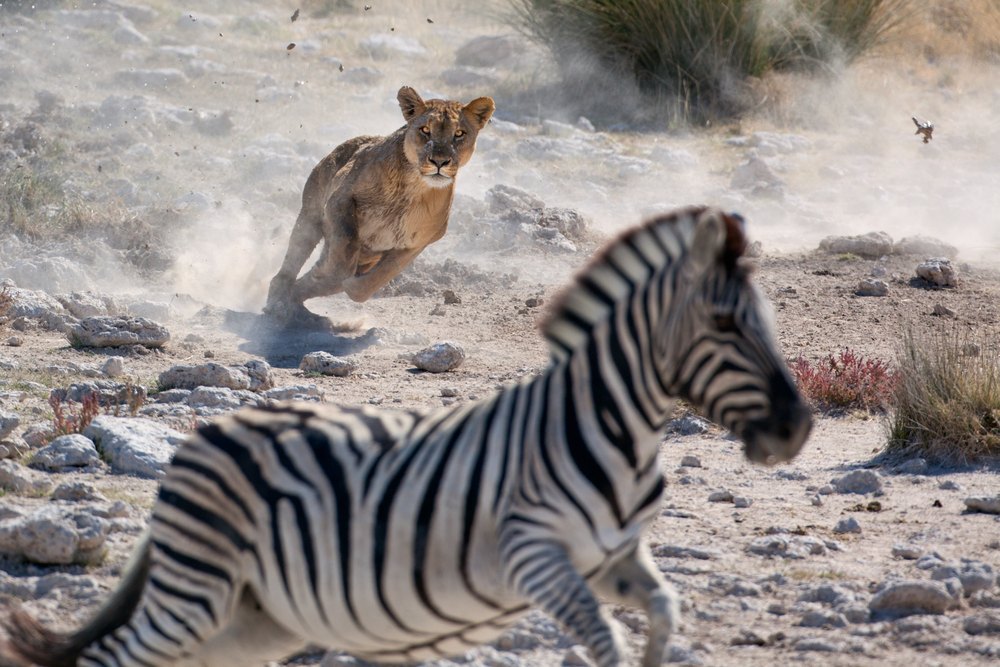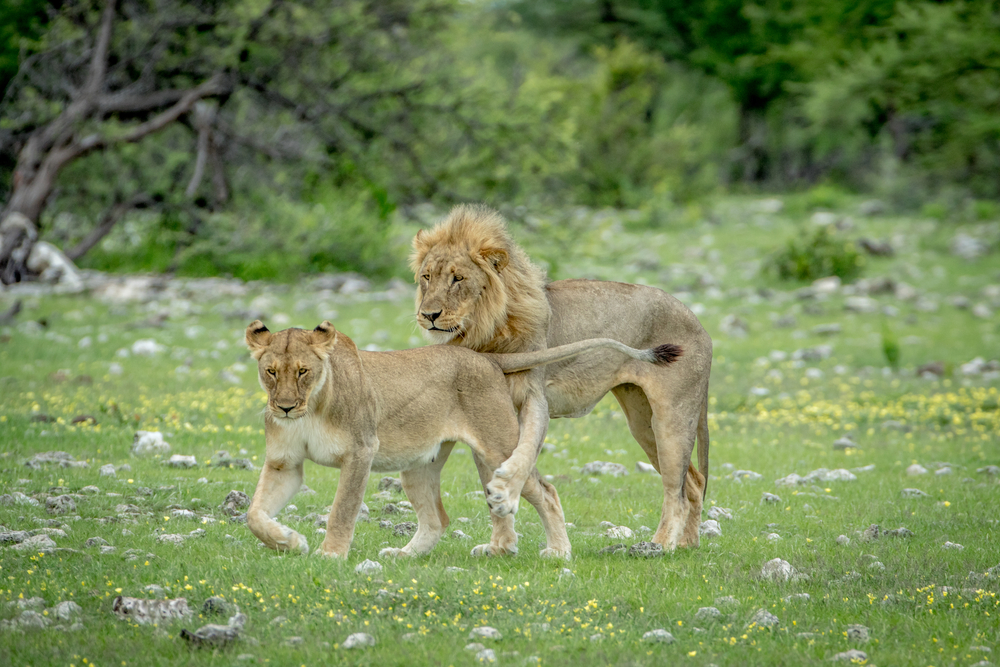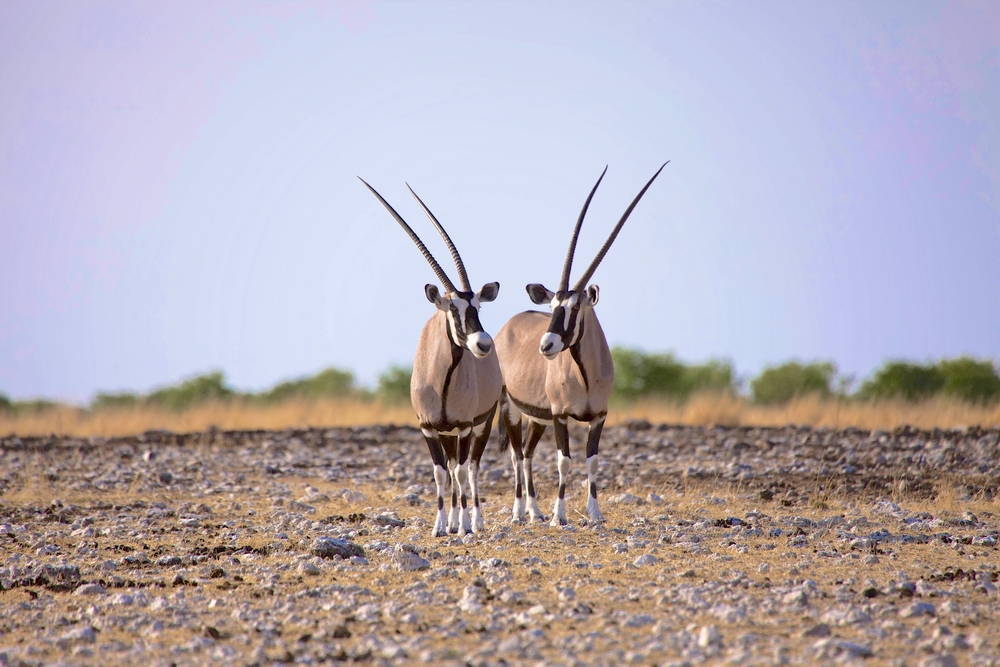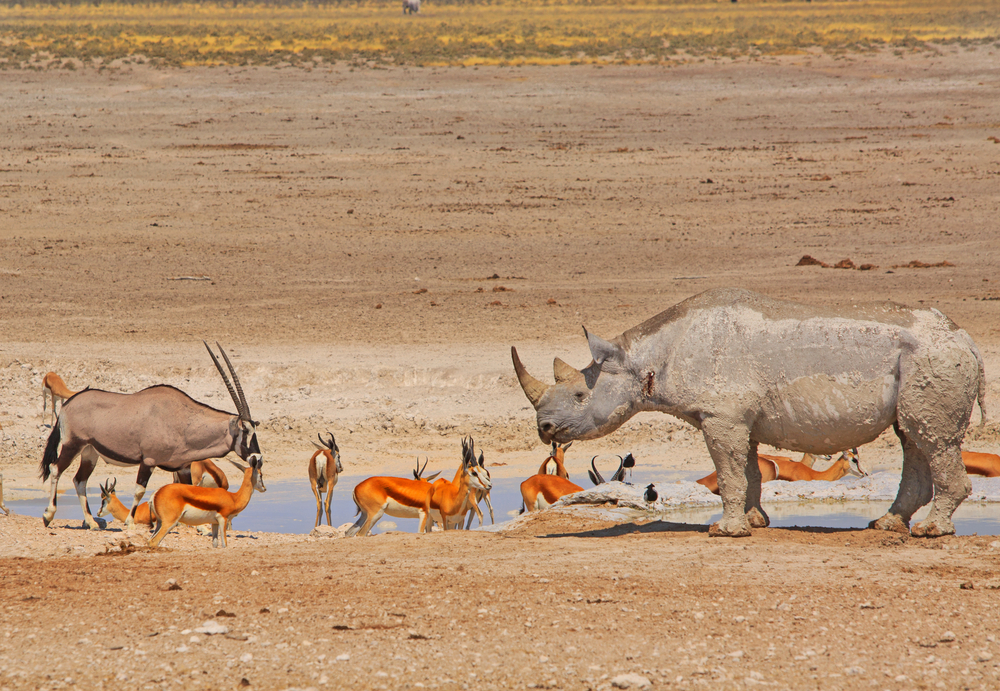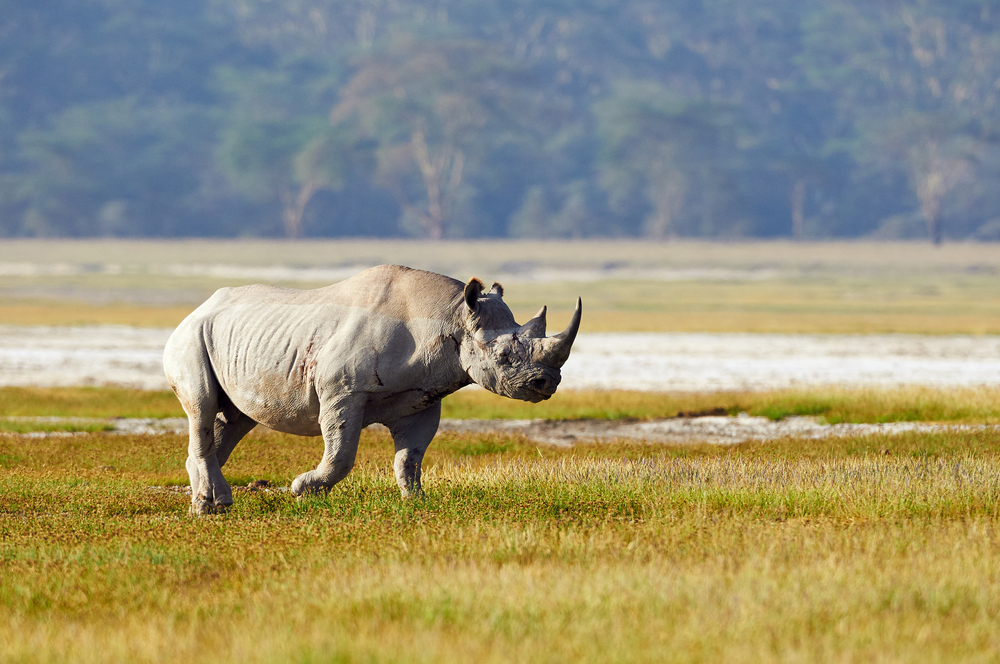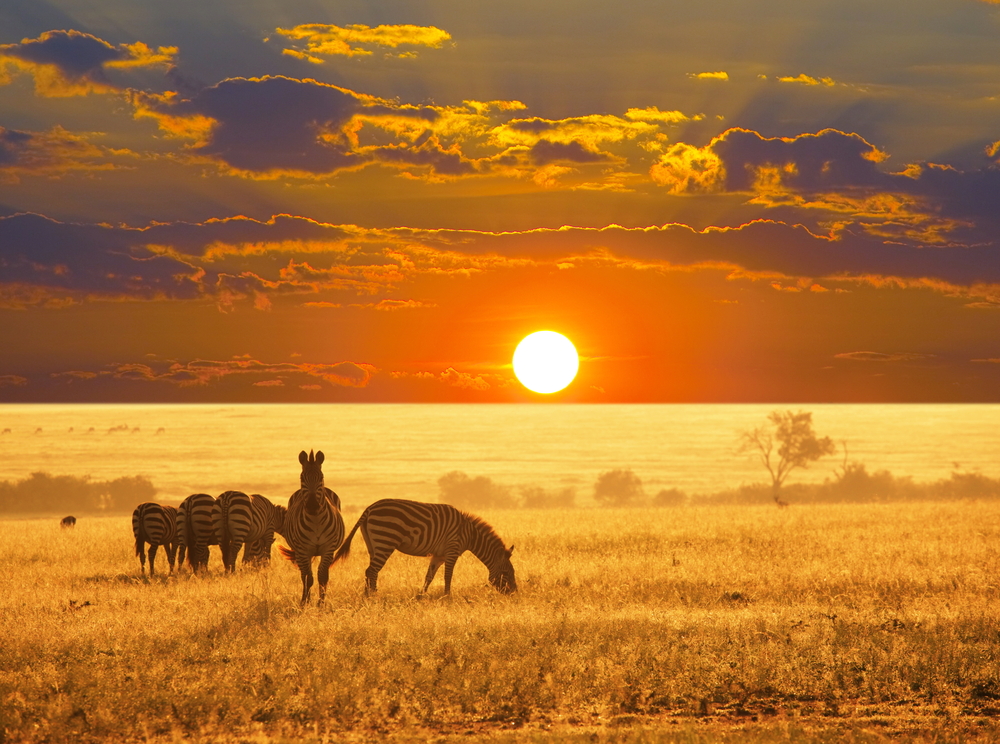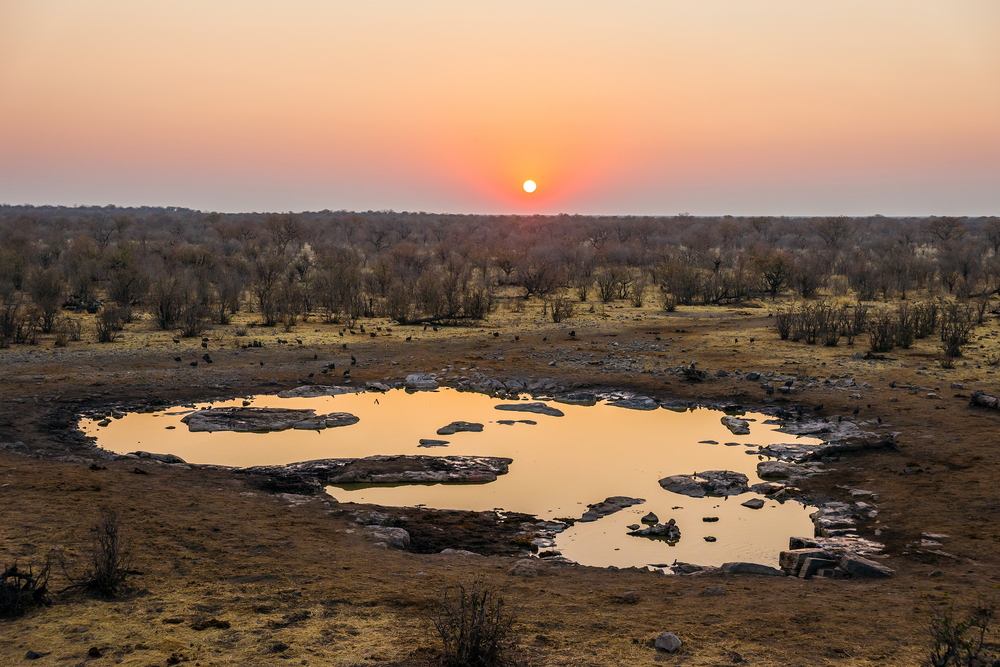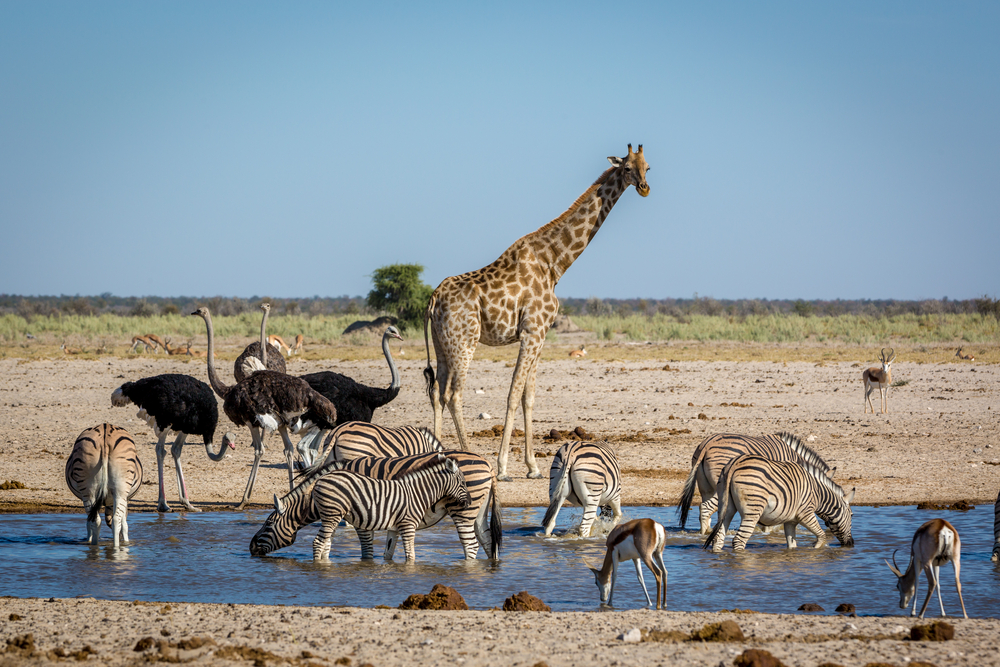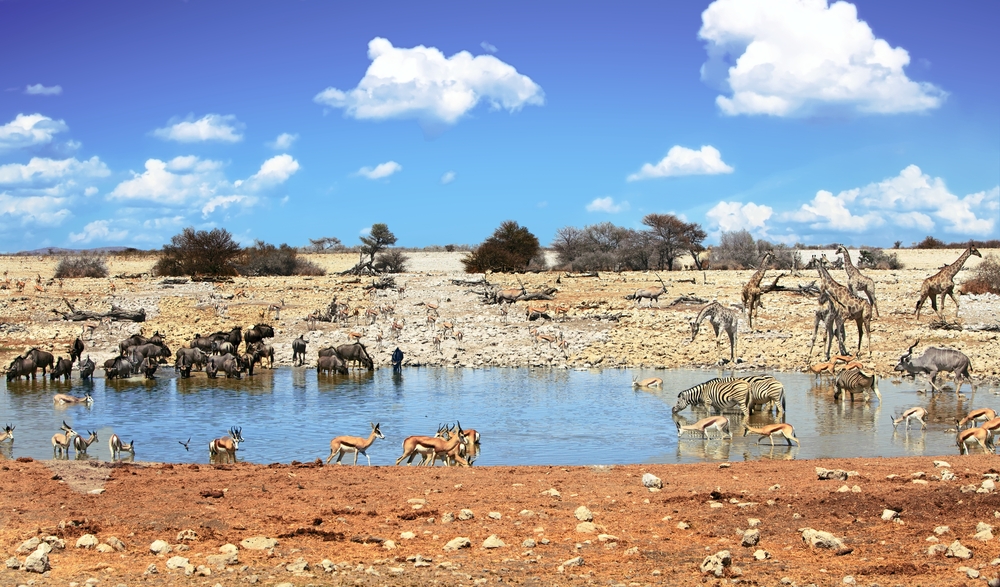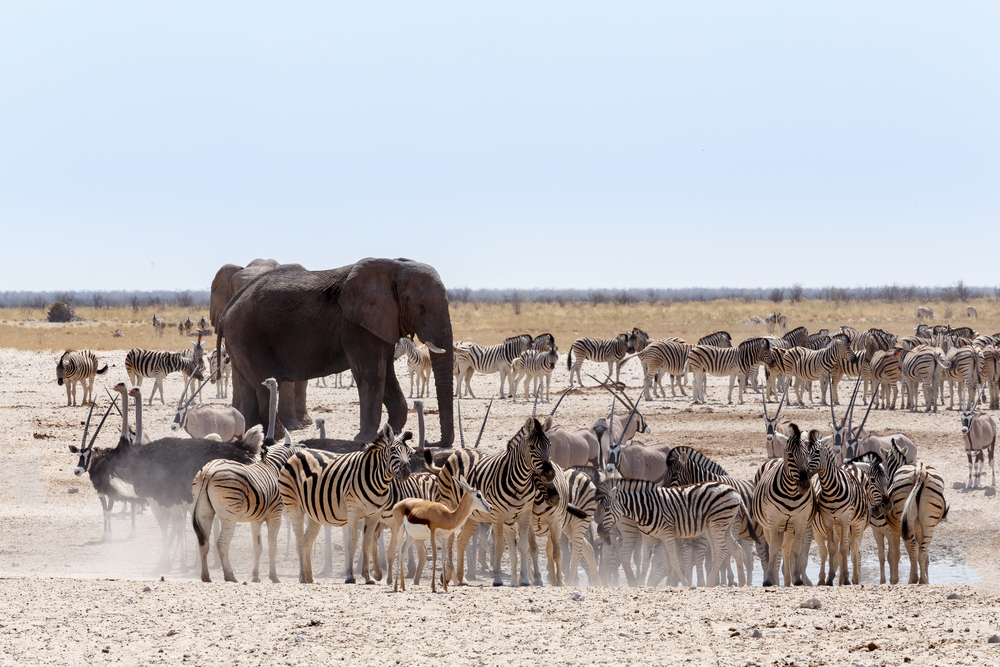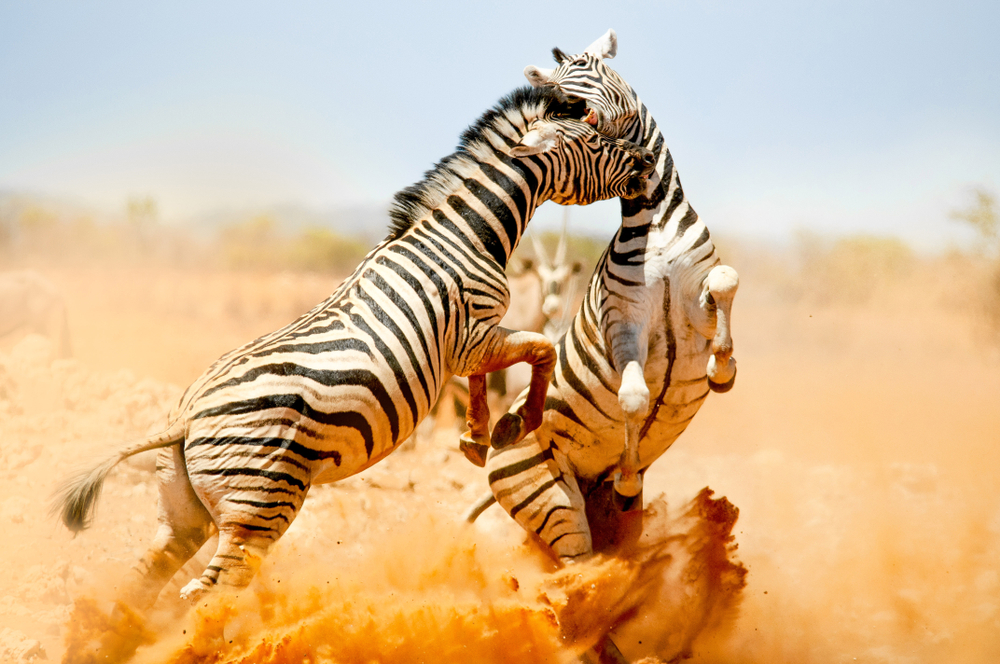Etosha Overview
Etosha National Park, located in northern Namibia, is one of Africa’s most significant and unique game reserves. Spanning an area of approximately 22,270 square kilometers (about 8,600 square miles), the park is distinguished by the Etosha Pan, a vast, shallow depression that covers around 23% of the park’s surface. This salt pan, visible even from space, is mostly dry but fills with water briefly in the summer, attracting pelicans and flamingos among other waterbirds. During most of the year, it’s a vast, white expanse that creates a surreal landscape, contrasting with the surrounding savannah.
Established in 1907 when Namibia was a German colony, Etosha is one of the oldest national parks in the world. Its name, “Etosha,” translates to “Great White Place” in the local Ovambo language, a reference to the striking Etosha Pan. The park’s terrain, beyond the pan, encompasses grasslands, woodlands, and savannah, providing habitats for a diverse array of wildlife.
Etosha is renowned for its exceptional wildlife viewing opportunities, especially around the numerous waterholes that dot the landscape. These waterholes become focal points for animal activity, particularly in the dry season, offering visitors the chance to observe a variety of animals in their natural environment. The park is home to 114 mammal species, including four of the Big Five—elephants, lions, leopards, and rhinos (both black and white species)—as well as giraffes, zebras, and numerous species of antelopes.
Birdlife in Etosha is also prolific, with more than 340 bird species recorded, making it a birdwatcher’s paradise. The park’s diverse ecosystems support a range of endemic and migratory species, contributing to its status as a key biodiversity area.
Etosha National Park offers a range of accommodations, from luxury lodges to camping sites, catering to all preferences. Its well-maintained roads and established infrastructure allow for both self-drive and guided safari experiences, making it accessible to all levels of adventurers looking to explore the African wilderness. With its stark beauty, abundant wildlife, and unique landscapes, Etosha stands as a monument to Namibia’s natural heritage, attracting visitors from around the globe,
Park Map
Etosha National Park Highlights
Engaging Etosha
Places to Stay
Etosha National Park Trails
Sources
- Britannica, Etosha National Park, https://www.britannica.com/place/Etosha-National-Park, retrieved March 2024.
- Etosha, Etosha National Park, https://www.etoshanationalpark.org, retrieved March 2024.
- Etosha National Park, park information site, https://etoshanationalpark.co.za/, retrieved March 2024.
- Namibian, Etosha, http://www.namibian.org/travel/namibia/etosha.htm, retrieved March 2024.
- And Beyond, The Essence of the Walking Safari, AndBeyond, retrieved March 2024.










































































